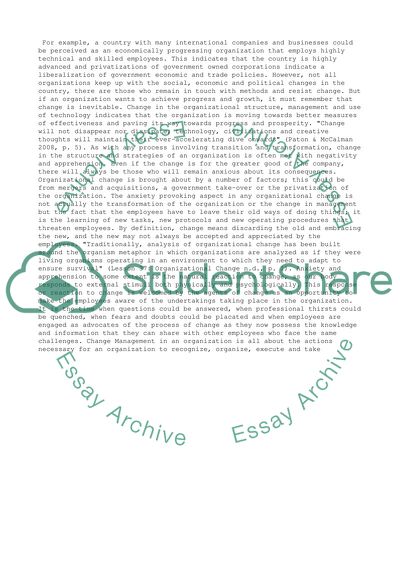Cite this document
(“Evaluate change management in Telecommunications sector omantel in Essay”, n.d.)
Retrieved from https://studentshare.org/business/1397602-evaluate-change-management-in-telecommunications
Retrieved from https://studentshare.org/business/1397602-evaluate-change-management-in-telecommunications
(Evaluate Change Management in Telecommunications Sector Omantel in Essay)
https://studentshare.org/business/1397602-evaluate-change-management-in-telecommunications.
https://studentshare.org/business/1397602-evaluate-change-management-in-telecommunications.
“Evaluate Change Management in Telecommunications Sector Omantel in Essay”, n.d. https://studentshare.org/business/1397602-evaluate-change-management-in-telecommunications.


